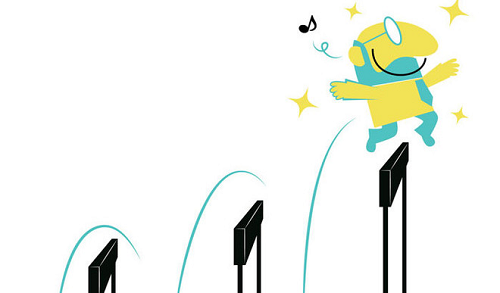Intelligence in Action

“So, what’s stopping you?”
“What’s holding you back?”
You have likely heard these questions in professional situations and in personal ones.
In business, the context is typically straightforward. Project timelines, roadblocks, dependencies.
The personal situations can be more complicated. And not helped by the fact that “what’s stopping you?” can carry an undertone: “come on, it’s easy, just do it already”.
Taking action to manage your own internal perspectives may sound easy, but in practice few things are more complex.
As another common phrase puts it, it’s hard to get out of your own way.
From young professionals to senior executives, in our coaching work at Spark we see that the basic building blocks – aptitude, intellect, EQ – are only part of the answer.
The strengths you start with are important, but positive mindset and an optimistic outlook determine how far those strengths can take you.
Achieving potential through action takes the best of both capability and outlook
It takes positive intelligence.
It’s not new
Shawn Achor’s productivity-focused HBR article proposed the term positive intelligence in 2012.
Achor described a “happiness advantage” in business initiatives: having a positive mindset before starting a project (rather than just finding success at the end of it) correlates most strongly with overall happiness.
More recently, Shirzad Chamine has refined this thinking. He extends the idea of positive intelligence beyond business goals to encompass almost everything we pursue.
Drawing on in-depth research, Chamine also refines the coaching process. He applies rigorous definitions to the ways that negative thinking can sabotage your best intentions, while keeping in constant focus the brain strengths (“Sage Powers”) that guide you toward more positive paths.
Positive intelligence provides a practical way to go beyond merely identifying those parts of ourselves that help or hinder.
The “positive” part of positive intelligence is about taking action against them – on both fronts.
It’s about learning to turn down the volume on negative thinking.
And at the same time, it’s about training your brain to make optimism a “go to” state.
It’s up to you
Think of a common career planning situation.
Imagine that you’ve just been offered a big “stretch” assignment. Taking on a new team, for instance, or a secondment to a new division. Perhaps a seat on a CEO-selected transformation team.
What’s your instinctive reaction?
Classic responses might range from “oh no, I’m not ready for that” to “great, bring it on.”
Traditional thinking might view these responses in isolation: analyzing a negative case to be able to do better next time, or applauding an optimistic one without pausing to capture what led to it.
This is where positive intelligence is a great integrator.
It says that it’s unproductive to try to determine which perspective – negative self-sabotage or positive support – is the true one in any individual case.
What matters is the fact that you have within you the power of choice: whichever one you believe will become true.
It’s up to us, too
As coaches, we aim to help our clients make that choice.
Taking action is fundamental to what we do. By honing the power of positive mindset, we can help ensure that action paves a constructive path toward achieving potential.
Tools like Chamine’s PQ (positive intelligence quotient) reinforce this focus on action, not just by providing an engaging gallery of Saboteurs and Sage Powers but also by framing a common ground for conversation and exploration.
Through the leadership coaching lens of PQ, we look forward to sharing in the near future some Spark success stories that feature the intricate dance of saboteur and sage.
And we would welcome the chance to navigate together toward successes of your own.
